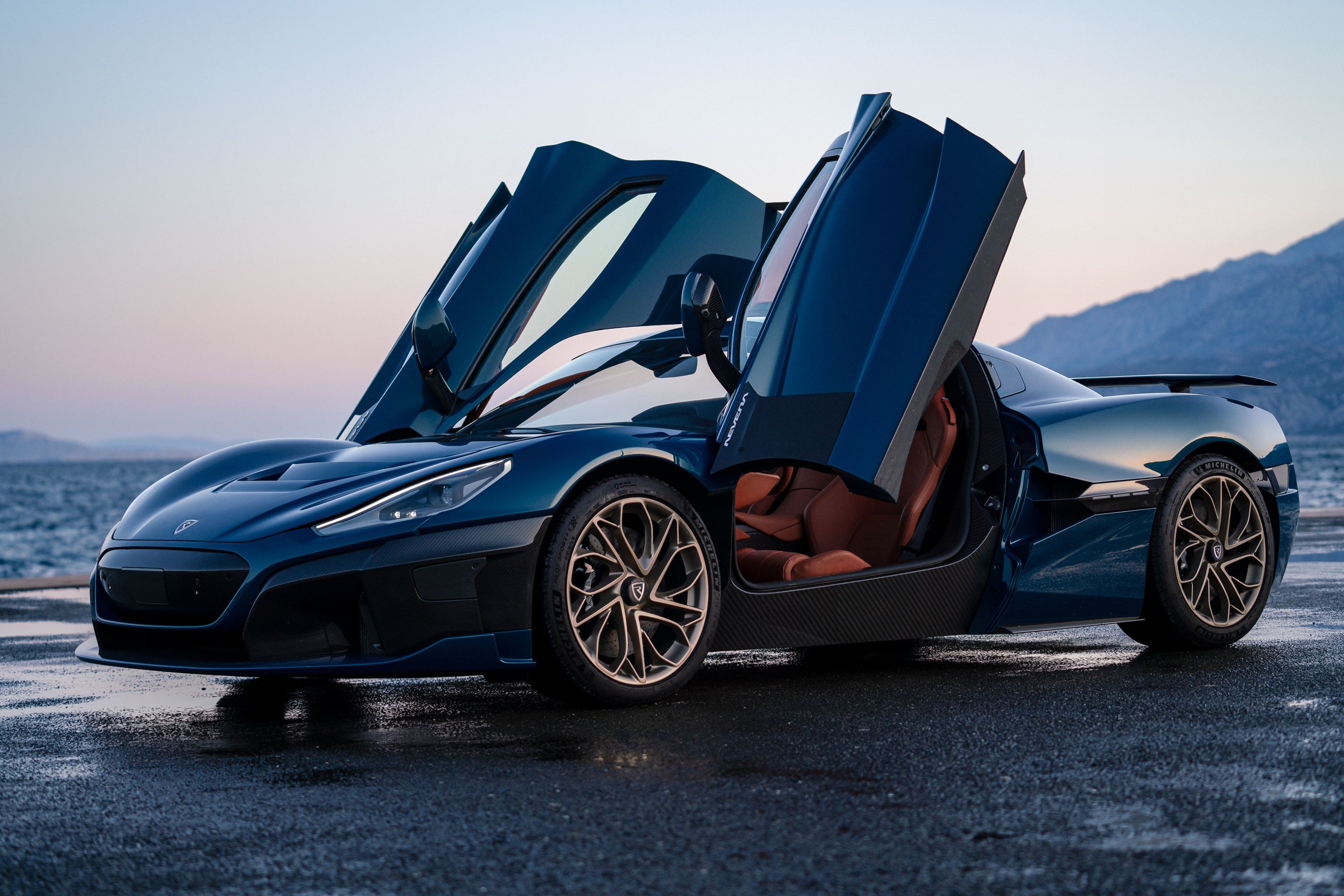
Last month, California-based startup company Hyperion teased the XP-1, a revolutionary hydrogen-powered supercar. After nearly ten years of development, testing, and research, the Hyperion XP-1 has been revealed for the first time in prototype form.
While modern electric supercars like the Lotus Evija, Rimac C_Two, and Pininfarina Battista offer electric driving ranges of a few hundred miles, Hyperion aims to make range anxiety a thing of the past, since the XP-1 boasts an impressive 1,000-mile range, making it suitable for long-distance journeys. That's twice as much range as the electric Lucid Air luxury sedan that debuted this week with an EPA-rated 500-mile range.
And when you do run out of juice, the XP-1 can be recharged in less than five minutes thanks to the car's hydrogen storage technology. Electric energy is stored in fuel cell systems instead of heavy lithium batteries, making it lighter than traditional electric cars while offering shorter charge times and no battery degradation.
"The XP-1 was partially designed to function as an educational tool for the masses. Aerospace engineers have long understood the advantages of hydrogen as the most abundant, lightest element in the universe and now, with this vehicle, consumers will experience its extraordinary value proposition," said Angelo Kafantaris, CEO and founding member of Hyperion Motors.
"This is only the beginning of what can be achieved with hydrogen as an energy storage medium. The potential of this fuel is limitless and will revolutionize the energy sector."
The XP-1's hydrogen fuel cell sends electric power to all four wheels through powerful motors and a three-speed transmission. Thanks to its instant power delivery and lightweight construction, the XP-1 will accelerate from 0-62 mph in less than 2.2 seconds. Hyperion also claims the XP-1 offers better acceleration, braking, handling, and powertrain efficiency due to the lack of heavy batteries. And since the hydrogen storage system doesn't get affected by extreme temperatures, the XP-1 will "reliably provide peak performance over extended driving sessions."
Under the XP-1's skin is a carbon-titanium monocoque chassis with titanium-reinforced composting bodywork, which brings the curb weight down to less than 2,275 pounds. Active aero elements located behind the doors not only look dramatic, but also improve cornering at high speeds and serve as solar panels that can change position to follow the trajectory of the sun.
To develop the XP-1, Hyperion has enlisted some of the world's leading aeronautical engineering firms, and space agencies, including NASA. While the XP-1 is still a prototype, Hyperion plans to put the hydrogen-powered supercar into production in 2022. Only 300 examples will be built in the US, but pricing has not been announced yet. Customer deliveries will begin in early 2022.
